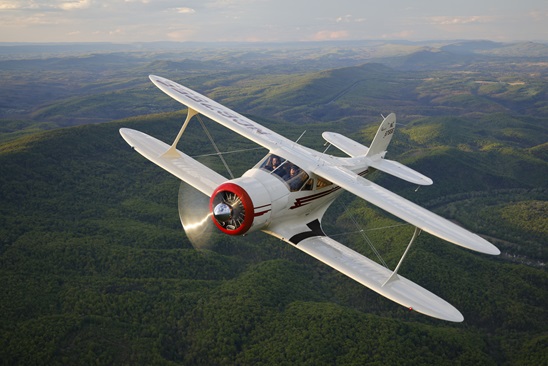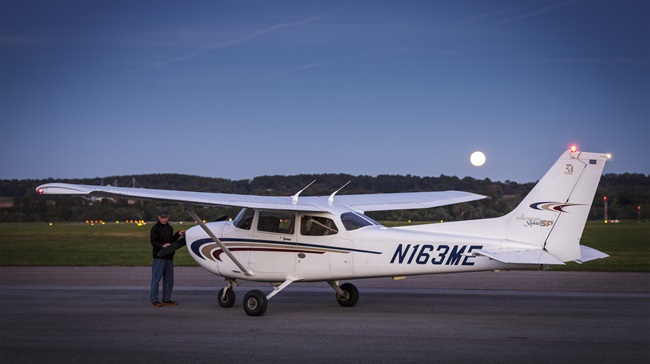BasicMed limitation lifted
Final rule extends eligibility to act as required crewmember
The FAA concurred with AOPA and individuals who supported a rulemaking proposal that enables pilots who medically qualify under BasicMed to act as required crewmembers other than pilot in command—more specifically as safety pilots.
The FAA announced November 16 that Acting Administrator Billy Nolen has signed the final rule that will take effect 30 days after its forthcoming publication in the Federal Register. The rule brings significant change to the relatively small commercial balloon industry, establishing a medical certification requirement for the first time estimated to apply to just under 5,000 pilots. It also includes BasicMed provisions that now enable about 50,000 pilots (and counting) to take advantage of opportunities to fly as a safety pilot, as well as enabling pilots to act as pilot in command during a special medical flight test authorized under FAR Part 67 without holding a medical certificate.
That accident happened on July 30, 2016, when the pilot and 15 passengers aboard a balloon operated by Heart of Texas Hot Air Balloon Rides were killed when the balloon descended through clouds into power lines. The NTSB determined that the pilot was impaired by prescription medications, and the FAA determined that a second class medical requirement could have prevented the pilot from making that flight. The FAA noted in the final rule that another accident in June 2021 in Albuquerque, New Mexico, in which the pilot and four passengers were killed, remains under investigation. Taken together, the accidents “demonstrate that ballooning is not insignificant, and the potential risk for catastrophic accidents is not insignificant.” While the number of commercial balloon operations is small as a percentage of total aeronautical operations, “the FAA notes that balloons are frequently used for carrying passengers for compensation and present a risk that justifies a level of medical oversight equivalent to that of pilots of powered aircraft for certain operations such as commercial sightseeing operations.”
AOPA focused its comments responding to the 2021 notice of proposed rulemaking on the “miscellaneous amendments” that affect about 50,000 pilots to date who have completed the requirements (an online course and a medical exam conducted by their personal physician) to fly powered aircraft under BasicMed, the alternative medical process enabled by a law in 2016. More than 75,000 pilots have completed the requirements of the BasicMed program since its inception, and an estimated 50,000 pilots are currently exercising these privileges.
The FAA noted that comments from AOPA and individuals were “generally supportive” of the miscellaneous amendments. “Accordingly, the FAA is implementing the amendments as proposed,” the agency stated in the final rule. Specifically, the final rule amends various provisions within Part 61 and Part 68 to make BasicMed pilots eligible to act as safety pilots (required crewmembers other than the PIC).
“AOPA appreciates the FAA’s amendment to allow persons who operate under BasicMed to serve as a required pilot flight-crewmember when not acting as PIC,” said AOPA Senior Director of Regulatory Affairs Christopher Cooper. “This change will allow for increased access and opportunities for training, proficiency, and experience for the entire pilot community. We also appreciate the FAA’s continued support for and expansion of BasicMed.”
The FAA rejected suggestions to extend BasicMed eligibility to commercial balloon pilots, along with other alternatives proposed by those who submitted comments related to medical certification of balloon pilots.



